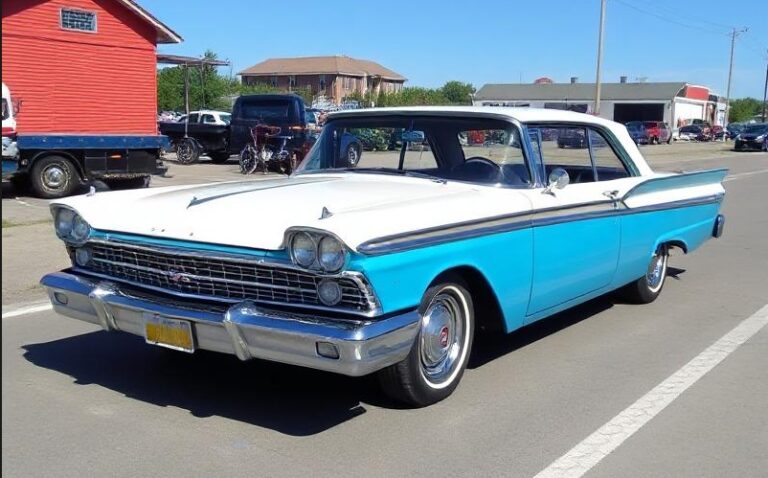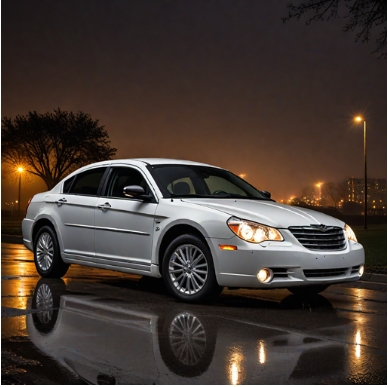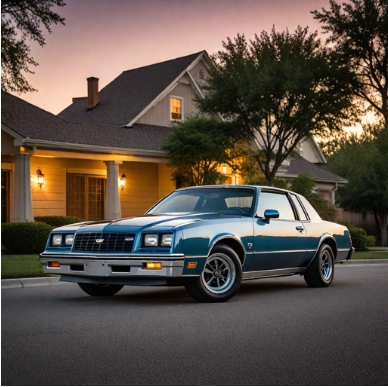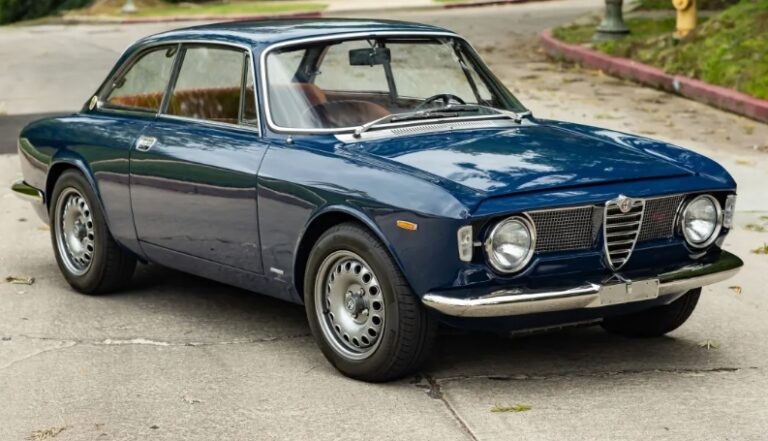The Evolution of the Plymouth Arrow: A Comprehensive Overview
The Plymouth Arrow occupies a unique place in the automotive history of the 1970s and early 1980s. As a compact car produced by Chrysler Corporation, the Arrow showcased the company’s efforts to capture the growing market for small, fuel-efficient vehicles during a time of economic challenges and shifting consumer preferences. This article will delve into the evolution of the Plymouth Arrow, exploring its various models, trim levels, and the historical context surrounding its production from 1976 to 1982.
Origins and Background
As the oil crisis of the 1970s led to rising fuel prices, consumers began seeking smaller and more economical vehicles. Recognizing this trend, Chrysler looked to its Japanese partner, Mitsubishi Motors, for collaboration. The result was the introduction of the Plymouth Arrow, which would not only help fill the market gap but also diversify Chrysler’s lineup during a challenging era.
First Generation: 1976-1980
The Plymouth Arrow was first introduced in 1976. Initially offered as a two-door coupe or a three-door hatchback, the vehicle was a product of Chrysler’s partnership with Mitsubishi, which was known for producing nimble, compact cars with a focus on fuel efficiency. This first generation of the Arrow was based on the Mitsubishi Galant Lambda platform, which provided solid engineering and an appealing design.
1976 Model Year:
- Arrow Coupe: The base model was equipped with a 1.6-liter four-cylinder engine, producing a modest 92 horsepower. Buyers appreciated its engaging design and fuel economy. This model catered primarily to the younger demographic looking for affordable transportation.
- Arrow Hatchback: A more versatile option, the hatchback also featured the same engine and similar specifications but offered more cargo space.
1977-1979 Model Years: Continued production led to the introduction of various trim levels throughout these years. The Arrow, known for its front-wheel-drive configuration, was updated incrementally. Notable variants included:
- Arrow GT: This sportier trim featured a slightly tuned version of the standard engine, along with sport-oriented features such as upgraded suspension and unique aesthetic touches.
- Arrow SE: This model offered a few more luxury touches, including upgraded upholstery and additional interior features.
The 1978 model year saw the addition of advanced options for the time, such as air conditioning and improved audio systems. The Plymouth Arrow was continuously praised for its fuel efficiency, with many users reporting impressive miles-per-gallon ratings.
Changes and Upgrades
By 1979, the Arrow was expanding its appeal. Consumer feedback was instrumental in refining the vehicle. The rear and front body styles received minor updates to enhance both aesthetics and aerodynamics, with a more pronounced front grille and restyled taillights.
Second Generation: 1980-1982
In 1980, Chrysler introduced a redesigned Arrow, aimed at keeping pace with evolving consumer tastes and increasing competition from both American and foreign automotive manufacturers.
1980 Model Year:
- Arrow DL: This model came with more features focused on comfort and convenience, featuring a more plush interior and enhanced performance through a revised engine option. It featured an upgraded 2.0-liter engine that delivered 105 horsepower.
- Arrow Turbo: A significant highlight during this period was the introduction of a turbocharged variant, enhancing performance and providing a thrilling driving experience for enthusiasts.
1981 Model Year:
- Arrow Sport: The sport variant of the Arrow became increasingly popular, borrowing features from the previous GT model but enhancing the sportiness further through additional performance features, perhaps a nod to the rising popularity of the sporty compact market.
- Arrow XLS: This model put a greater emphasis on luxury and features, offering options like premium sound systems, better interior materials, and more customizable packages.
.

.
Final Days and Legacy
Despite the enhancements and an avid following, the Arrow faced stiff competition from other compact models, particularly as other manufacturers adapted quickly to changing consumer preferences. The introduction of more fuel-efficient vehicles along with American-made alternatives began to overshadow the Plymouth Arrow.
The final model year for the Plymouth Arrow was 1982, which would mark the end of its production run. During this time, the market began to shift toward more diverse offerings, leading many brands to reconsider their compact lineups.
1982 Model Year:
- The last available trims included final run editions of the Arrow Turbo and Arrow Sport, both of which reiterated the sporty characteristics Chrysler aimed for with this model.
By the close of 1982, the Plymouth Arrow was phased out, and the Chrysler Corporation refocused its energies on newer models and strategic partnerships to remain competitive in the global market.
Conclusion
The Plymouth Arrow stands as a testament to Chrysler’s adaptability and foresight in the face of changing automotive landscapes. Its journey from a pragmatic response to an oil crisis to a stylish compact car reflects the shifting tides of consumer desires and automotive technology. Despite its relatively short production run from 1976 to 1982, the Arrow is remembered fondly by enthusiasts and collectors alike.
The transition from the first generation’s practical design and fuel efficiency ethos to the second generation’s sportier and more upscale features illustrates the evolving approach to market challenges during a transformative period in automotive history. Today, the Plymouth Arrow can be seen as an emblem of a bygone era of compact cars, symbolizing the end of traditional American automotive manufacturing and the emergence of greater global influences within the industry.








